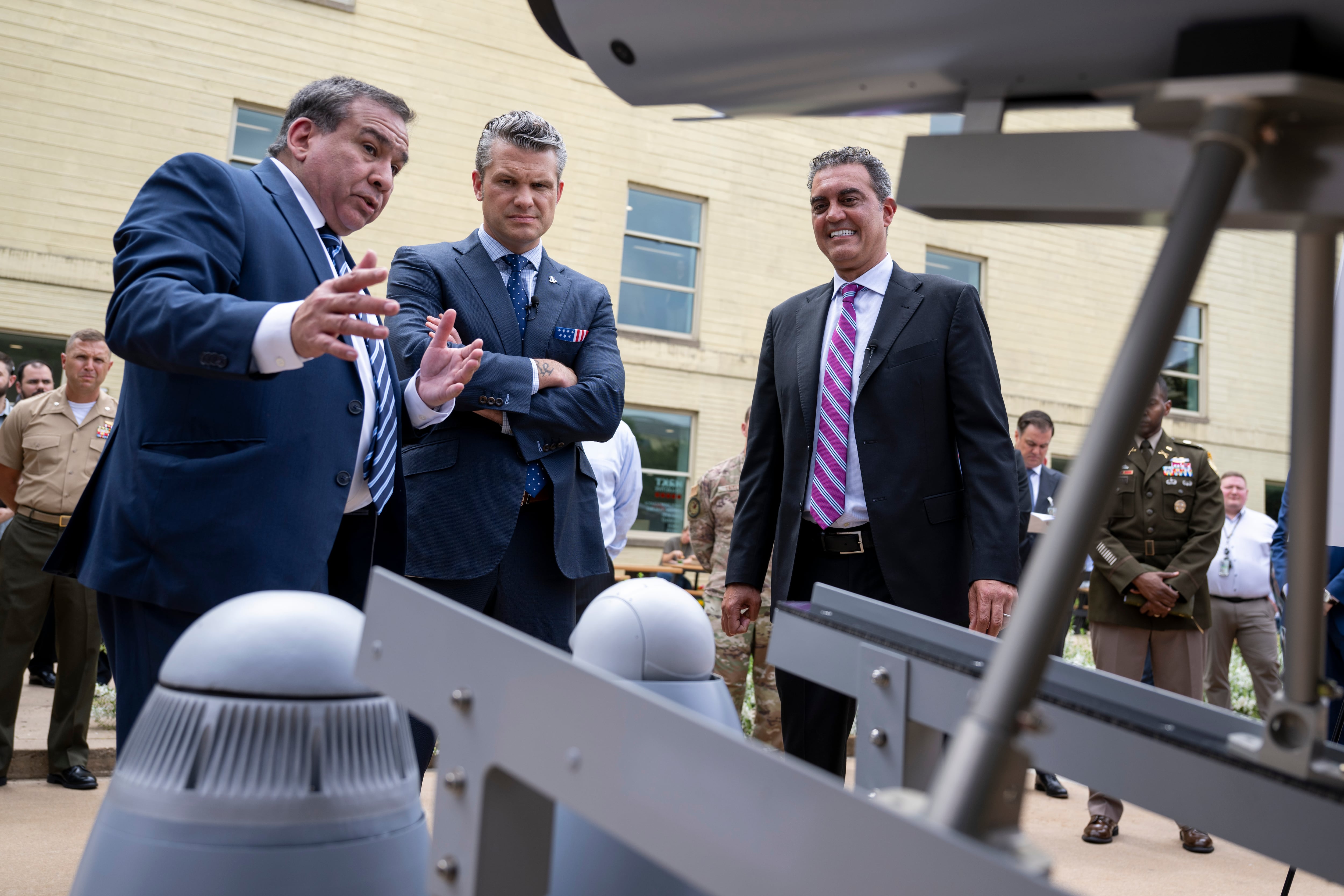Cyber Command’s cyber warfare cadre is officially fully manned.
The 133-team, roughly 6,200-person cyber mission force has reached what’s known as full operational capability, the command announced May 17. This designation comes four months ahead of the official deadline of September 30 set by previous Cyber Command commander, Adm. Michael Rogers.
The Air Force’s teams, which were the last of the services to hit this milestone, announced the milestone May 16 after receiving the designation earlier in the month.
The process involved a rigorous set of criteria, according to CYBERCOM, including an approved concept of operation and a high percentage of trained, qualified and certified personnel. Teams also had to show they could perform their mission under stress in simulated, real-world conditions as part of specialized training events.
“As the build of the cyber mission force wraps up, we’re quickly shifting gears from force generation to sustainable readiness,” Gen. Paul Nakasone, CYBERCOM’s commander, said.
“We must ensure we have the platforms, capabilities and authorities ready and available to generate cyberspace outcomes when needed.”
Despite being a major milestone, some have cautioned that the designation only means the teams are fully staffed, and does not mean teams will be up to full mission readiness.
Few teams at the time of FOC will be what is known as C1, which means the unit can fully carry out its wartime mission, Maj. Gen. Burke Wilson, at the time deputy principal cyber adviser to the Secretary of Defense, said at a conference last year. Instead, he said to think of the designation as a bit of a phasing in. Wilson is now retired from the military and the deputy assistant secretary of defense for cyber policy.
To be fair to Cyber Command and the services, Bill Leigher, director of government cyber solutions at Raytheon and a retired rear admiral, previously told Fifth Domain the fully operational capability designation was really how many people were on the teams and whether they matched the correct career billets.
The FOC designation is critical in that top officials have indicated potential changes to the force would be coming after the teams were fully manned.
Prior to retirement, Rogers recently told lawmakers he’d like to “retool” the structure of the cyber mission force as it was built on a construct that is almost eight years old and can take advantages of lessons learned in that period.
He said he told the service cyber component commanders that such a retooling would not take place until all the teams reached FOC.
Nakasone, has hinted at potential changes to the structures of the teams as well.
“As we actively employ these teams in operations, we continue to mature our understanding of how to strengthen the mission readiness of this force. The department has made significant investments in cyber payloads and toolsets for the CMF, and a formal study is currently underway to more comprehensively inform requirements based on lessons learned from recent operations,” he said.
These teams conduct offensive, defensive, intelligence and analytic work for global cyber operations.
Some in the cyber community have indicated that the balance of the teams, as well as the makeup of their personnel, should change, though what such a change might look like is unclear.
Officials in the cyber community have indicated that more intelligence personnel could be needed to help better inform operators of targets and context, as well as more tool developers — the initial force was very operator heavy, relying heavily on NSA personnel for tools initially.
Others have noted the need for Cyber Command to take a more prominent role in the information space akin to what Russia has done fusing cyber and information operations producing cyber-enable information operations.
Nakasone has also indicated information operations, which currently are not within the purview of Cyber Command’s capabilities, could be folded into its toolset.
Another option could revolve around turning the cyber teams into all-purpose rather than just focused on offense or defense.
“Right now we have teams that look at defense, we have teams that look at offense, almost like a football team. Maybe a better concept is we set up like a hockey team or a basketball team where everybody plays both ways at the same time,” Ignatius Liberto, chief of staff at Cyber Command’s operational global defense arm Joint Force Headquarters-DoD Information Networks, told Fifth Domain at the AFCEA Defensive Cyber Operations symposium in Baltimore, Maryland, on May 16.
“We’re trying to think our way out of this and there is certainly nothing carved in stone at this time,” he said.
Mark Pomerleau is a reporter for C4ISRNET, covering information warfare and cyberspace.








